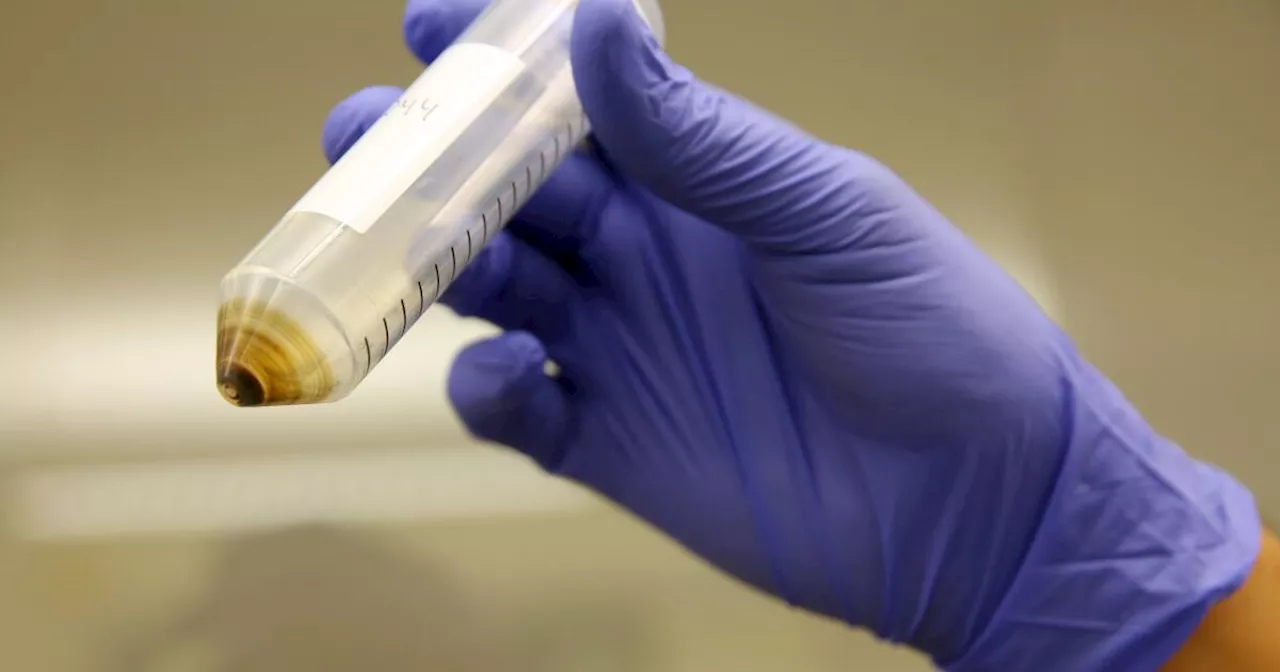The EPA has set official limits on six types of forever chemicals in U.S. public drinking water. Experts say it’s a huge step in the right direction, but the limits don’t go into effect immediately. Public health utilities have 5 years to make any adjustments they may need to meet the new standards.
Kaitlin Sullivan is a health and science journalist based in Colorado. She's been part of multiple award-winning investigations into health topics including the international medical device industry and maternal mortality in New York City.Nick Blackmer is a librarian, fact-checker, and researcher with more than 20 years of experience in consumer-facing health and wellness content.Experts say it’s a huge step in the right direction, but the limits don’t go into effect immediately.
Eleven states have also placed limits on certain PFAS in drinking water, but the new federal rule will take precedence if it is stricter than a state’s regulation. Twelve additional states have health advisories or non-binding guidance on PFAS levels in drinking water.The rule applies to 66,000 public water systems and gives them time to comply before it goes into effect.
Beginning in 2029, public water systems that violate the new standards must attempt to reduce levels and notify the public of the violation. Though the EPA noted that part of the $1 billion will address PFAS contamination in private wells, particularly common in rural areas, it’s unclear how people will access this money or whether it would be used for testing.
United Kingdom Latest News, United Kingdom Headlines
Similar News:You can also read news stories similar to this one that we have collected from other news sources.
 EPA Sets Limits on 'Forever Chemicals' in Drinking WaterThe Environmental Protection Agency (EPA) has established federal limits on per- and polyfluoroalkyl substances (PFAS) in drinking water, marking the first time such limits have been legally enforced in the US. PFAS, commonly found in various products, have likely already contaminated most Americans' bloodstreams and persist in the environment for extended periods.
EPA Sets Limits on 'Forever Chemicals' in Drinking WaterThe Environmental Protection Agency (EPA) has established federal limits on per- and polyfluoroalkyl substances (PFAS) in drinking water, marking the first time such limits have been legally enforced in the US. PFAS, commonly found in various products, have likely already contaminated most Americans' bloodstreams and persist in the environment for extended periods.
Read more »
 EPA Sets National Limits for Forever Chemicals in Drinking WaterThe Environmental Protection Agency (EPA) has established national limits for six types of per- and polyfluoroalkyl substances (PFAS) in drinking water. PFAS, also known as 'forever chemicals', are associated with various health risks and are difficult to degrade. The EPA has set limits for two common types of PFAS and will restrict three additional chemicals in public drinking water.
EPA Sets National Limits for Forever Chemicals in Drinking WaterThe Environmental Protection Agency (EPA) has established national limits for six types of per- and polyfluoroalkyl substances (PFAS) in drinking water. PFAS, also known as 'forever chemicals', are associated with various health risks and are difficult to degrade. The EPA has set limits for two common types of PFAS and will restrict three additional chemicals in public drinking water.
Read more »
 EPA sets limits on ‘forever chemicals’ in public drinking waterThe Environmental Protection Agency finalized a rule on Wednesday that will limit the amount of 'forever chemicals' in public water utilities.
EPA sets limits on ‘forever chemicals’ in public drinking waterThe Environmental Protection Agency finalized a rule on Wednesday that will limit the amount of 'forever chemicals' in public water utilities.
Read more »
 EPA sets first limits on ‘forever chemicals’ in drinking waterPFAS chemicals are hazardous because they don’t degrade in the environment and are linked to health issues such as low birth weight and liver disease, along with certain cancers.
EPA sets first limits on ‘forever chemicals’ in drinking waterPFAS chemicals are hazardous because they don’t degrade in the environment and are linked to health issues such as low birth weight and liver disease, along with certain cancers.
Read more »
 In a first, EPA sets limit for ‘forever chemicals’ in drinking waterNew limits on forever chemicals in water should reduce PFAS exposure for about 100 million Americans, according to the Environmental Protection Agency
In a first, EPA sets limit for ‘forever chemicals’ in drinking waterNew limits on forever chemicals in water should reduce PFAS exposure for about 100 million Americans, according to the Environmental Protection Agency
Read more »
 Federal EPA limits toxic ‘forever chemicals’ in drinking waterThe EPA has issued federal limits on dangerous “forever chemicals” in drinking water, which it says will save thousands of lives and prevent serious illnesses.
Federal EPA limits toxic ‘forever chemicals’ in drinking waterThe EPA has issued federal limits on dangerous “forever chemicals” in drinking water, which it says will save thousands of lives and prevent serious illnesses.
Read more »
